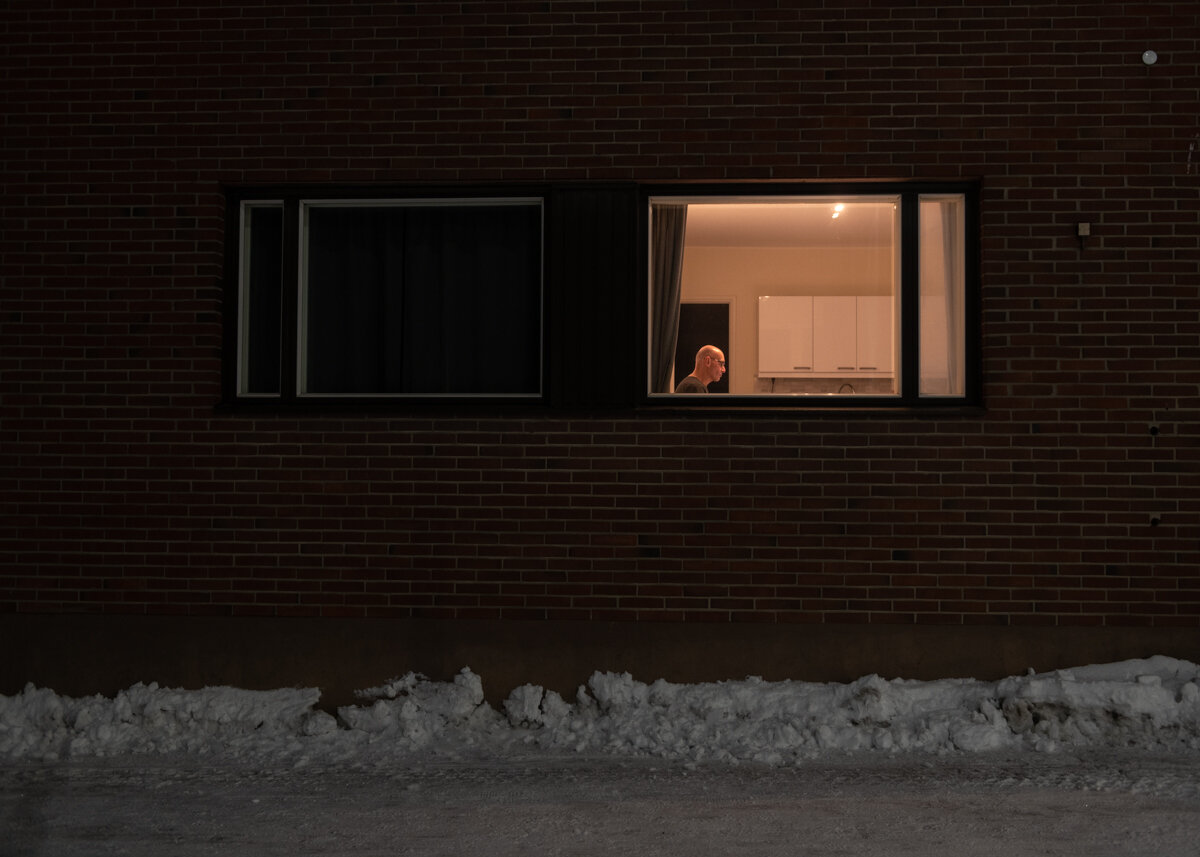Out of the Ordinary developed from wandering, exploring, discovering, and observing – slowing down and spending time in everyday places. It reflects my interest in human landscapes and the way we interact with our surroundings - through it I have developed a passion for documenting the overlooked, for finding visual interest in seemingly ordinary locations. The series contains work from across the country, city centres to remote communities - it’s been a fascinating journey through everyday Scotland, documenting the social landscapes of the country at a time of great change.
My interest has always been in landscape or ‘place’ in the widest sense, and how people interact with their surroundings. This can be anything from remote communities in the Highlands to the centre of major cities. But of course any photograph is a combination of document and personal response, and my work also explores my own relationship with the landscape.
On previous projects I had tended to work in a slower, more reflective way, but Out of the Ordinary has seen me adopt a more spontaneous, instinctive approach, often moving through places reacting quickly to elements within the landscape – in many ways more like street photography than landscape photography.
Iain Sarjeant is a photographer and publisher based in the Scottish Highlands. His photography explores both natural and human environments, and often the interaction between the two. Iain is the founder and editor of Another Place and Another Place Press. He has published numerous books of his work, including most recently his 2021 Out of the Ordinary calendar, and his Alpes-Maritimes zine, which are available to purchase at Another Place Press.





























